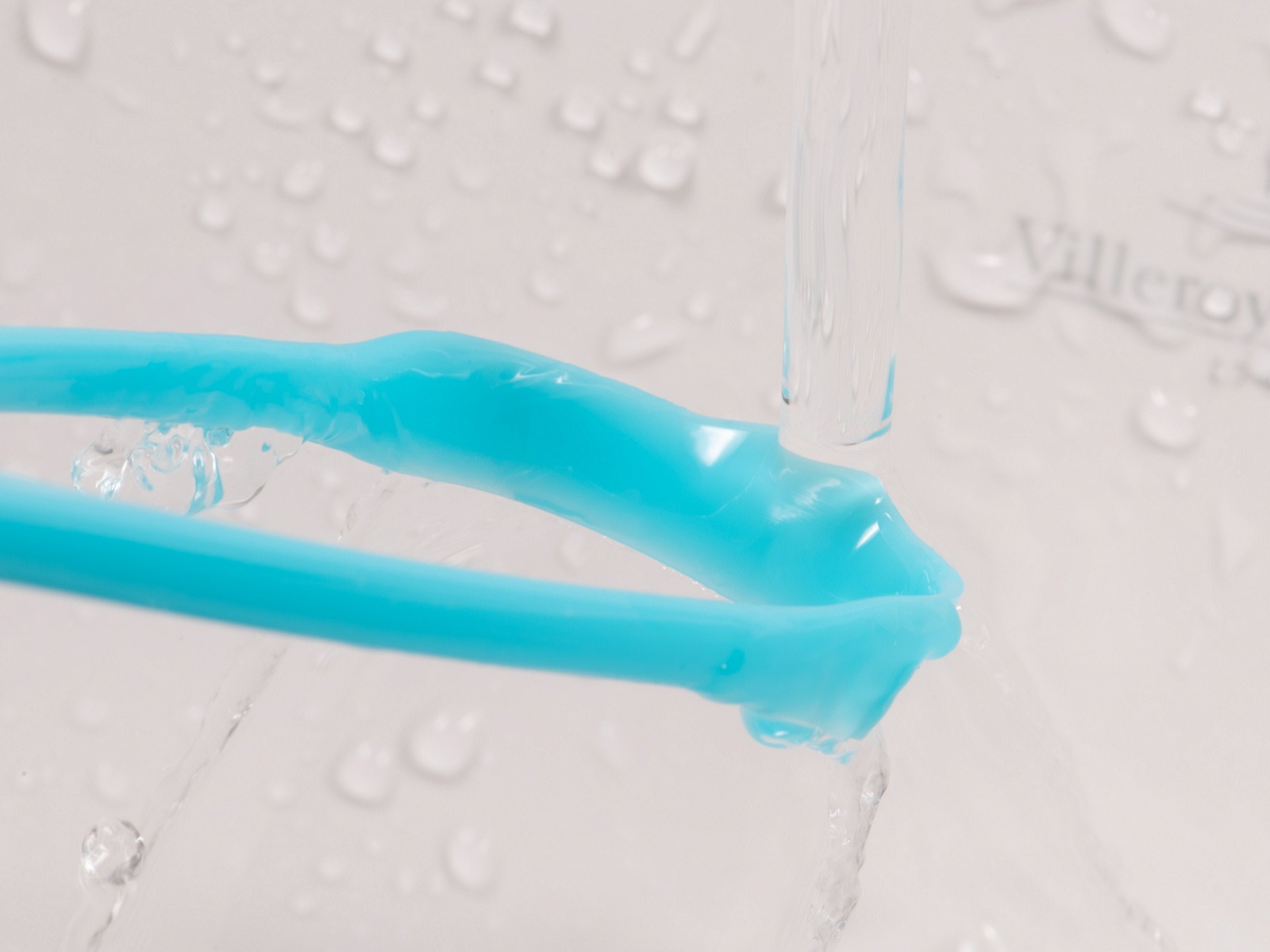Tongue Scraping
A normal tongue is pink in color and may have a white, thin deposit on the rough part, near the uvula. The thickness of the stop may vary. With periodontitis, dietary changes, decreased saliva production, medication use or inadequate oral hygiene, these deposits can thicken, discolor and stink.1
There are more than 500 different types of bacteria present in tongue stains, and only a few of them are responsible for smelly breath. As long as their numbers remain low, there is nothing to worry about. When the balance between these tongue microbes is disturbed, odor-producing bacteria take over and you smell out of your mouth.
A tongue cleaner is the most effective way to rid the tongue of deposits. Tongue scrapers can be purchased at drugstores and pharmacies.
How do you use a tongue cleaner?
- Clean the tongue 1-2 times a day
- Stick the tongue out of the mouth as far as possible.
- Place the tongue cleaner as far as possible towards the rear tongue area
- Apply light pressure to the tongue and slowly pull the tongue cleaner forward into the mouth (Tongue cleaning does not have to be hard, this prevents tongue damage).
- Clean the cleaner under running water
- Repeat 3-4 times
- Clean and dry the scraper well






References
- Seerangaiyan K, Jüch F, Winkel EG. Tongue coating: its characteristics and role in intra-oral halitosis and general health-a review. J Breath Res. 2018;12(3):034001. doi:10.1088/1752-7163/aaa3a1
